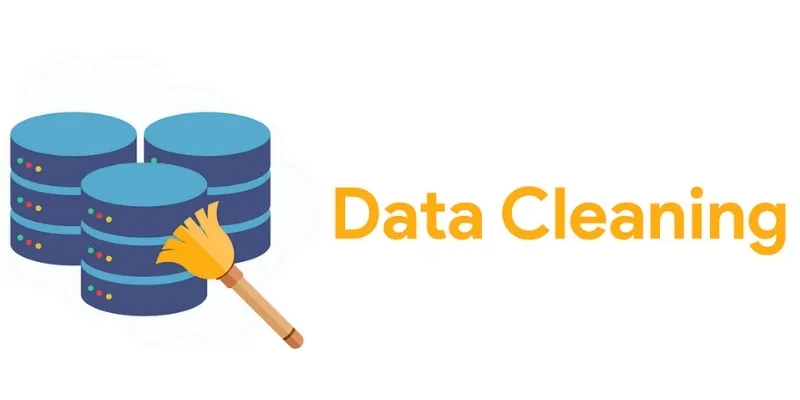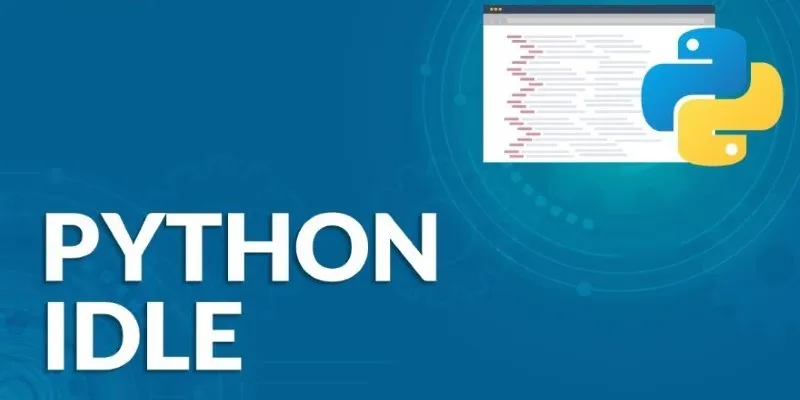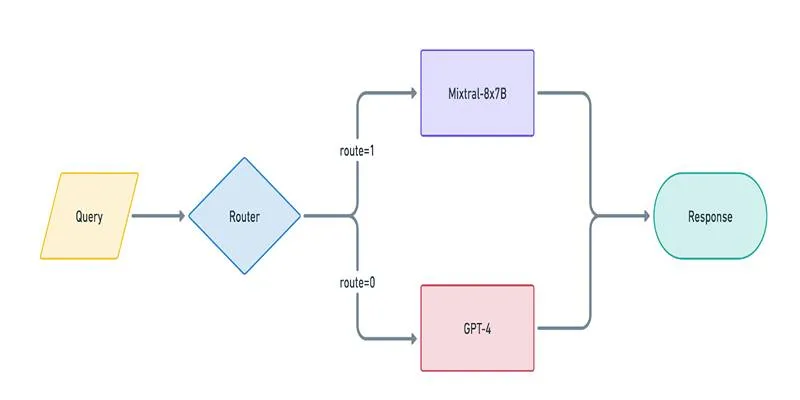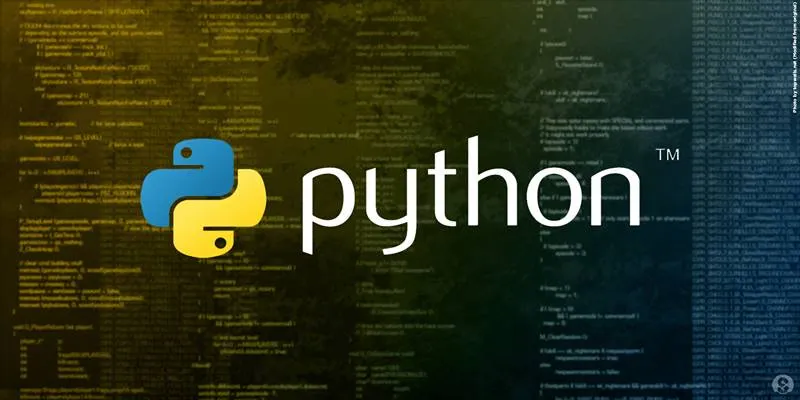When writing loops in Python, range() is a function many use instinctively. It’s simple and does the job when you need a series of numbers. However, if you’ve worked with older Python versions, you may have also come across the xrange() function. Both look alike and work similarly in many cases, yet they have important differences.
If you’re switching between Python versions or maintaining old scripts, knowing how these two behave under the hood can save you time and frustration. Let’s walk through what sets them apart and which one fits best depending on the version you’re working with.
What Does range() Do in Python 3?
range() Do in Python 3?In Python 3, range() creates a range object, not a list. This means the numbers aren’t all generated at once. Instead, it produces one value at a time as you loop through it. This saves memory and speeds up processes when handling large sequences.
You can call range() with one, two, or three arguments. With one, it starts from zero and goes up to the number you give. With two, it uses your start and stop values. The third argument is for stepping—for example, every second number or in reverse.
Even though range() in Python 3 doesn’t build a full list, it acts like one in many ways. You can still get the length, index a value, or slice it. But since it doesn’t store all values at once, it’s much more efficient. This approach mirrors the old xrange() function used in Python 2. The difference is that now, you don’t need a separate function to do this—range() does it all.
How Did xrange() Work in Python 2?
xrange() Work in Python 2?In Python 2, both range() and xrange() existed, but they worked differently. range() returned a list containing all the numbers in the sequence. This could slow things down or use too much memory if the list was big.

To solve that, Python 2 had xrange(). It returned an object that produced values on demand, just like Python 3’s range() does now. This meant loops could run over large sequences without using up memory. It looked the same in most loops and gave the same results, but it worked behind the scenes in a smarter way.
This led to a common rule in Python 2: use range() if you need a list of values, use xrange() if you just want to loop through numbers. If you tried to treat xrange() like a list—by slicing or copying—it wouldn’t work the same. You couldn’t, for instance, directly change an xrange() object like you would a list. That made it less flexible but more efficient for looping.
Key Differences and Modern Implications
The primary difference between range() and xrange() lies in how they store and generate numbers. range() creates a full list, while xrange() uses lazy evaluation, generating one value at a time. In Python 3, the language designers decided to streamline the process. They removed xrange() entirely and updated range() to use the same lazy approach. So in effect, xrange() is gone, and range() has taken its place, both in function and efficiency.
If you’re using Python 3, which most modern projects do, you never need to worry about xrange() anymore. You use range(), and it provides memory-efficient behavior. If you’re still working with Python 2 code, though, the distinction matters. That old version of range() still builds full lists, which can be expensive in terms of memory. Knowing when to use xrange() in that environment can make your code faster and more scalable.
There’s another technical point: xrange() objects in Python 2 don’t support all the same list operations. You can’t slice them or index them in quite the same way. In Python 3, the range() object is more flexible—it supports many list-like behaviors while being efficient.
Updating Code and Dealing with Version Changes
If you’re working with legacy Python 2 scripts, you might see xrange() a lot. When updating this code for Python 3, the simplest fix is to replace xrange() with range(). In Python 3, that’s all you need to get the same performance benefits.

But if your code needs to run in both Python 2 and Python 3, that’s a bit trickier. Libraries like six or future help write compatible code. You can write from six.moves import range and let the library handle which function to use based on the version of Python running.
Still, that kind of backward-compatible code is less common now. Since Python 2 reached end-of-life in 2020, most tools and systems have moved on. If you’re building something new or updating old code, it’s better to commit fully to Python 3.
Understanding how range() and xrange() behave helps when you’re debugging, refactoring, or reviewing unfamiliar code. It’s not just trivia—it affects how your scripts perform, especially with large datasets or loops.
Using Python 3’s range() is safe, efficient, and versatile. You get memory-friendly loops without giving up basic list-like features. For most developers today, it’s the only function you need to think about.
Conclusion
In Python 2, you had to pick between range() and xrange(), depending on whether you wanted speed or flexibility. That division added complexity. Python 3 simplifies things by dropping xrange() and improving range() to do everything better. It gives you a sequence that looks and feels like a list but behaves like a generator behind the scenes. That means less memory use and cleaner code. If you’re still maintaining old Python 2 code, knowing the difference between these two functions is useful. But for anyone working with Python 3, range() is all you need—and it does the job right.
 zfn9
zfn9























